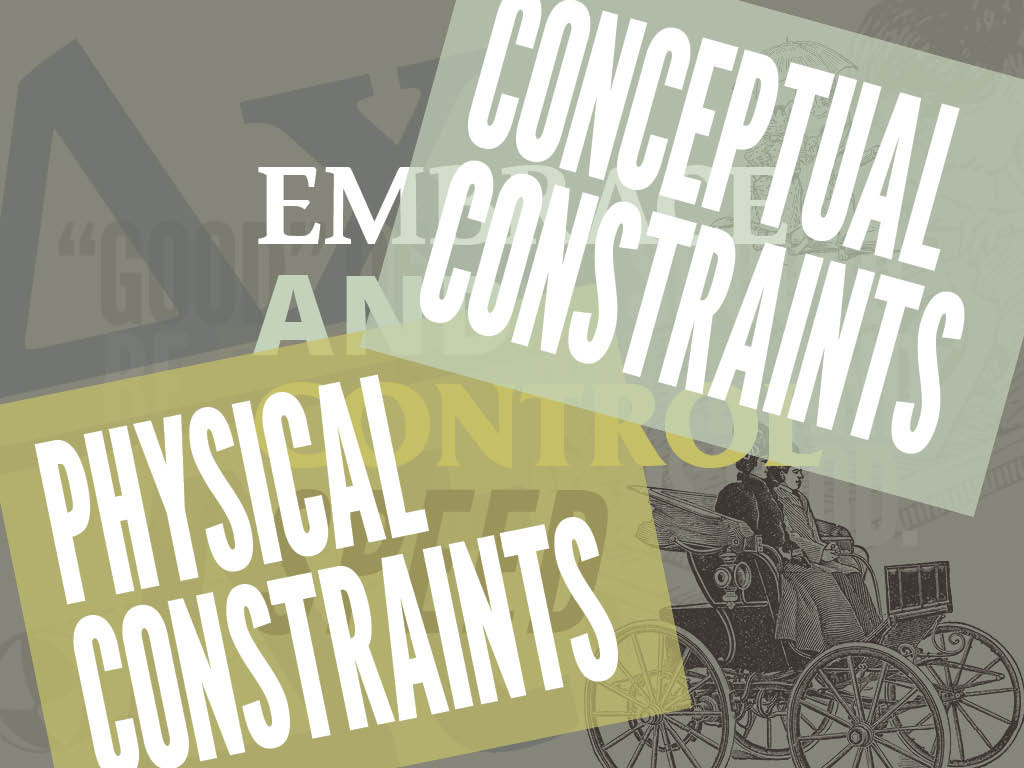
In the early 1970s the United States Air Force issued a request for defense contractors to design and a new advanced lightweight fighter jet. A team from General Dynamics would go on to design the F-16 Fighting Falcon which is still in use today by over 25 countries and is widely considered the most effective and best-designed air combat fighter ever designed.
Long time readers will know what a fan of military strategist and engineer John Boyd I am, and may recognize him as the originator of the O.O.D.A loop, a model for approaching decision making in everything from design to combat. What you may not know is that John Boyd was one three members of the Fighter Mafia that made the F-16 what it is.
If there is one way to summarize how these three men designed the greatest fighter jet the world has ever seen it’s to understand how they constrained the design and decision making.
The first contraint that Boyd introduced was that it had to use a particular engine. That simplified a lot of their design decisions, but it also meant that certain parameters like the amount of power available were fixed from the beginning. If they wanted more speed, they’d have to make a lighter and smaller aircraft. The result contributed to incredible power-to-weight ratio that made it extraordinarily maneuverable.
The second constraint was that they wanted it to have long range, but refused to do what you typically would do to increase range which is to increase the amount of fuel it can carry. Instead they again focused on making it more aerodynamic, lighter, and smaller. Think of this in a way like the difference between a super-heavyweight lifter and a weight class lifter. The weight-constrained lifters are shredded and boast incredible strength-to-weight ratios. The unconstrained lifters have extreme strength, but they’re encumbered in nearly every other way by their size.
The third important constraint is that this wasn’t a blank-check project. They were to design a $3 million dollar plane, which is a hell of a lot of money, but in terms of a combat aircraft it is pennies. As a result they couldn’t add all the bells and whistles that would add size, weight, and complexity – they had to keep it simple.
Ultimately these three key (and other smaller) constraints allowed the designers to stay on a path that resulted in this legendary aircraft.
Setting constraints is counter-intuitive – you might think that limiting your options or freedom will make it harder to reach your goals. On the contrary, appropriate constraints make it easier make good decisions.
– Setting daily caloric or macro targets makes it easy to lose or gain weight, but still gives you the freedom to eat whatever you want. Or, flipping that, constraining the types of foods you eat usually limits your intake as well as a result.
– Having a training program planned out ensures that the unlimited variety of options in the gym doesn’t overwhelm you but still gives you the flexibility to make adjustments on the fly.
– Planning your day out with specific activities at certain times virtually always ensures that you get more done than a day when you have nothing planned and you could have done anything. Bumpers keep you out of the gutter.
Take a minute to look at what you’re trying to achieve or create and whether or not you’ve put appropriate constraints around it so that you’re setup for success. If you haven’t, time to limit your options.


Leave a Reply